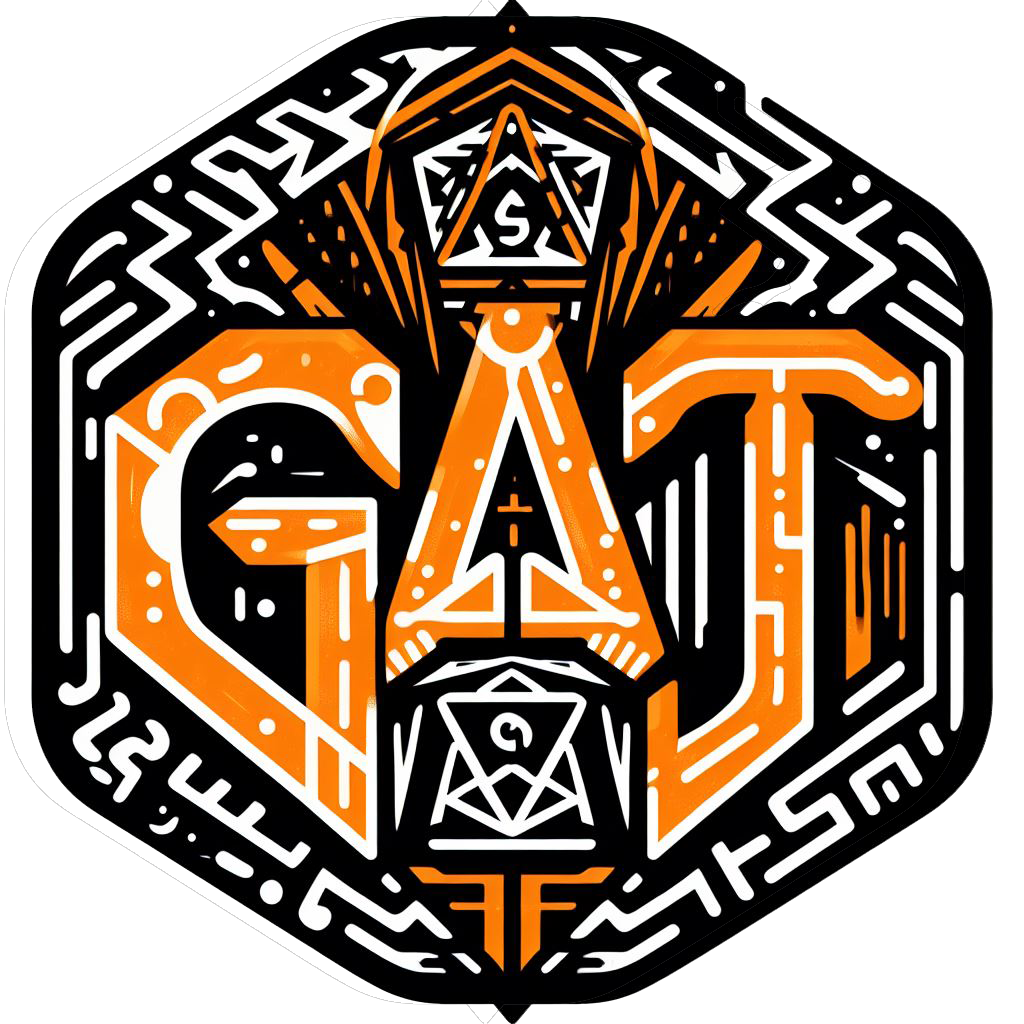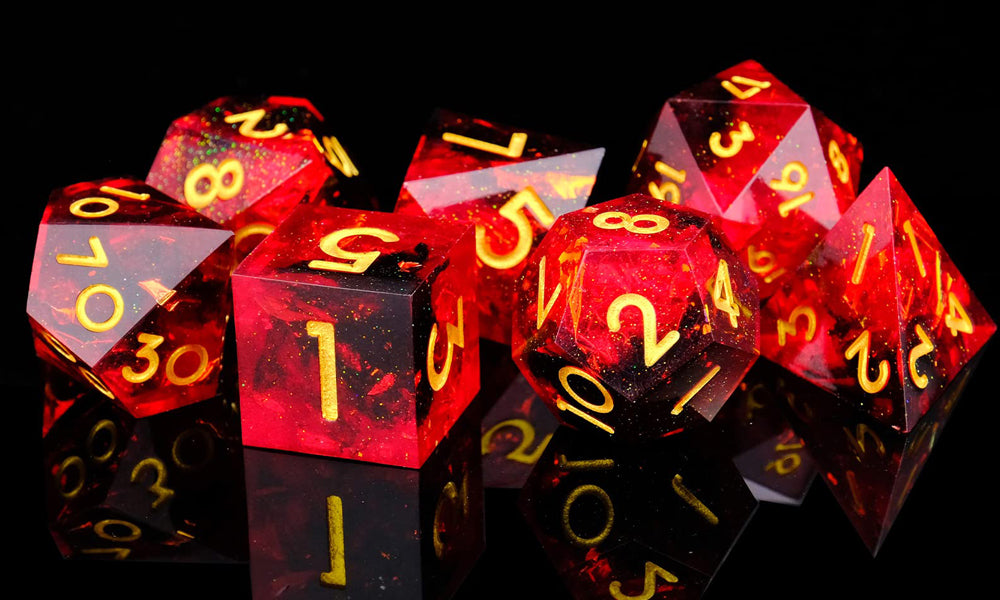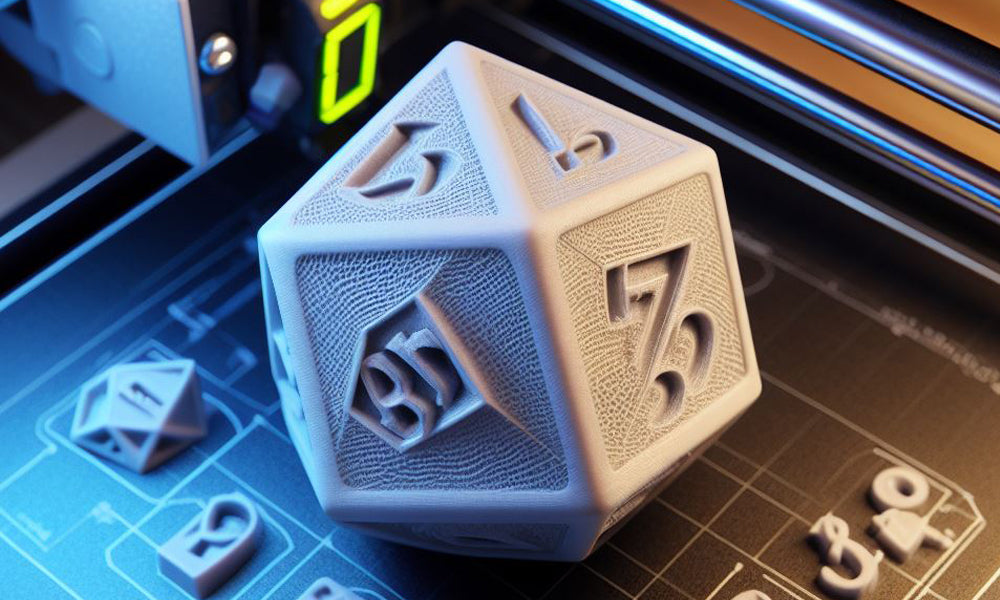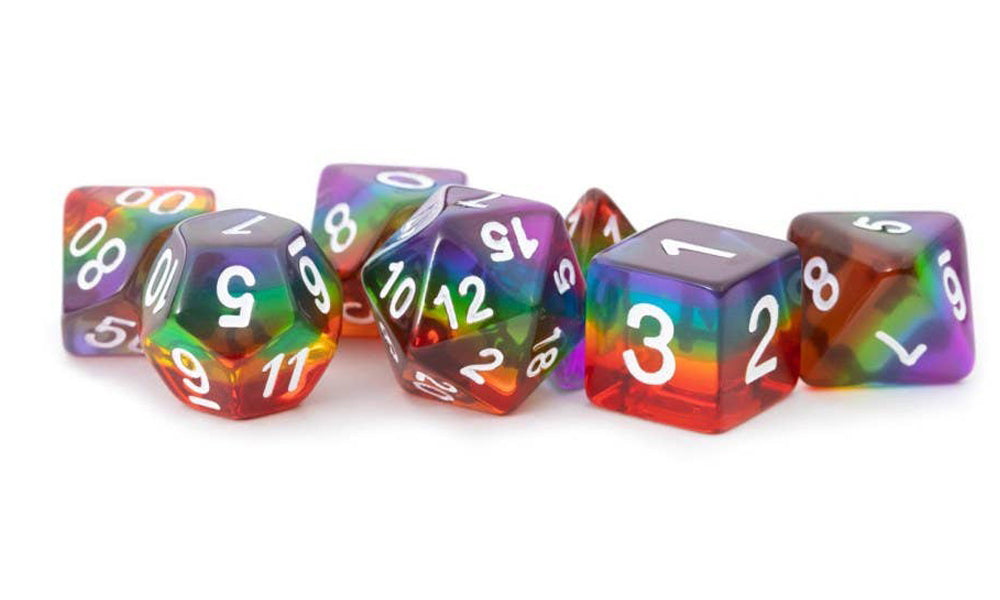In the world of Dungeons & Dragons (D&D), the roll of the dice can determine the fate of characters, shape epic quests, and bring the fantasy realm to life. As avid players know, the space in which you roll your dice can greatly impact the gaming experience. In this comprehensive guide, we'll delve into the factors that contribute to the optimal space for rolling D&D dice, ensuring a smooth and enjoyable gaming session for both beginners and seasoned adventurers.
The Importance of the Right Gaming Space
Before we explore the specific dimensions needed for rolling D&D dice, let's understand why the right gaming space is crucial. A well-designed space enhances the overall gaming experience by promoting player comfort, minimizing distractions, and fostering a sense of immersion. As players delve into the rich narratives and unpredictable outcomes of D&D campaigns, a thoughtfully arranged gaming environment can make all the difference.
Factors to Consider
Table Size and Shape
The foundation of any D&D gaming space is the table. The size and shape of the table can significantly impact the ease of rolling dice and accommodating character sheets, rulebooks, and miniatures. Ideally, choose a rectangular table with sufficient surface area to accommodate all players comfortably.
Dice Trays and Rolling Surfaces
Dice trays are a popular accessory among D&D enthusiasts. These trays provide a confined space for rolling dice, preventing them from scattering across the table and potentially disrupting the flow of the game. When selecting a dice tray, consider its size, material, and whether it complements the overall aesthetic of your gaming space.
Chair Arrangement
The arrangement of chairs around the gaming table is often overlooked but plays a crucial role in creating an inclusive and engaging atmosphere. Ensure that there is ample space between chairs, allowing players to move freely without knocking into one another. Comfortable seating encourages prolonged gaming sessions and promotes focus.
Lighting Conditions
Proper lighting is essential for both ambiance and practicality during D&D sessions. Avoid harsh, direct lighting that can cause glare on character sheets and dice surfaces. Instead, opt for soft, ambient lighting that enhances the overall mood of the gaming space while providing adequate illumination.
Room Size and Layout
Consider the size and layout of the room where you play D&D. A spacious room allows for more flexibility in arranging furniture and accommodating additional players. Ensure there's enough room for everyone to move comfortably, and take into account any obstacles that might impede movement.
Determining the Ideal Space for Rolling D&D Dice
Now that we've outlined the key factors to consider, let's delve into the specific dimensions needed for the optimal space to roll D&D dice.
Dice Rolling Area
The core of the gaming space is the designated area for rolling dnd dice. While individual preferences may vary, a good rule of thumb is to allocate a square footage of approximately 2 feet by 2 feet for each player. This allows ample space for rolling multiple dice at once, such as when making attack rolls or determining damage.
Table Dimensions
The table itself should be large enough to accommodate the dice rolling area for each player, as well as any additional space needed for character sheets, miniatures, and rulebooks. A rectangular table with dimensions ranging from 4 feet by 6 feet to 4 feet by 8 feet is generally suitable for a standard-sized gaming group of four to six players.
Dice Tray Size
If you choose to use dice trays, consider a size that complements the rolling area. A square tray with dimensions of at least 8 inches by 8 inches provides sufficient space for most dice rolls. However, larger trays can be beneficial for players who prefer a more generous rolling surface.
Seating Arrangement
Ensure that each player has enough space to comfortably reach their dice rolling area without encroaching on the space of others. Position chairs so that players can easily access their character sheets, dice, and any other gaming materials without causing disruptions.
Room Dimensions
If possible, choose a gaming space with dimensions that allow for a circular or oval table arrangement. This layout fosters a sense of inclusivity, ensuring that all players are within easy reach of the central gaming area. A room with dimensions of at least 12 feet by 12 feet is generally suitable for a standard-sized gaming group.
Conclusion
Creating the perfect space for rolling D&D dice involves careful consideration of various factors, from table size and seating arrangement to lighting conditions and room layout. By optimizing these elements, you can enhance the overall gaming experience, allowing players to immerse themselves fully in the captivating world of Dungeons & Dragons. Whether you're a dungeon master crafting epic narratives or a player navigating treacherous encounters, the right gaming environment sets the stage for unforgettable adventures.




Leave a comment
This site is protected by hCaptcha and the hCaptcha Privacy Policy and Terms of Service apply.